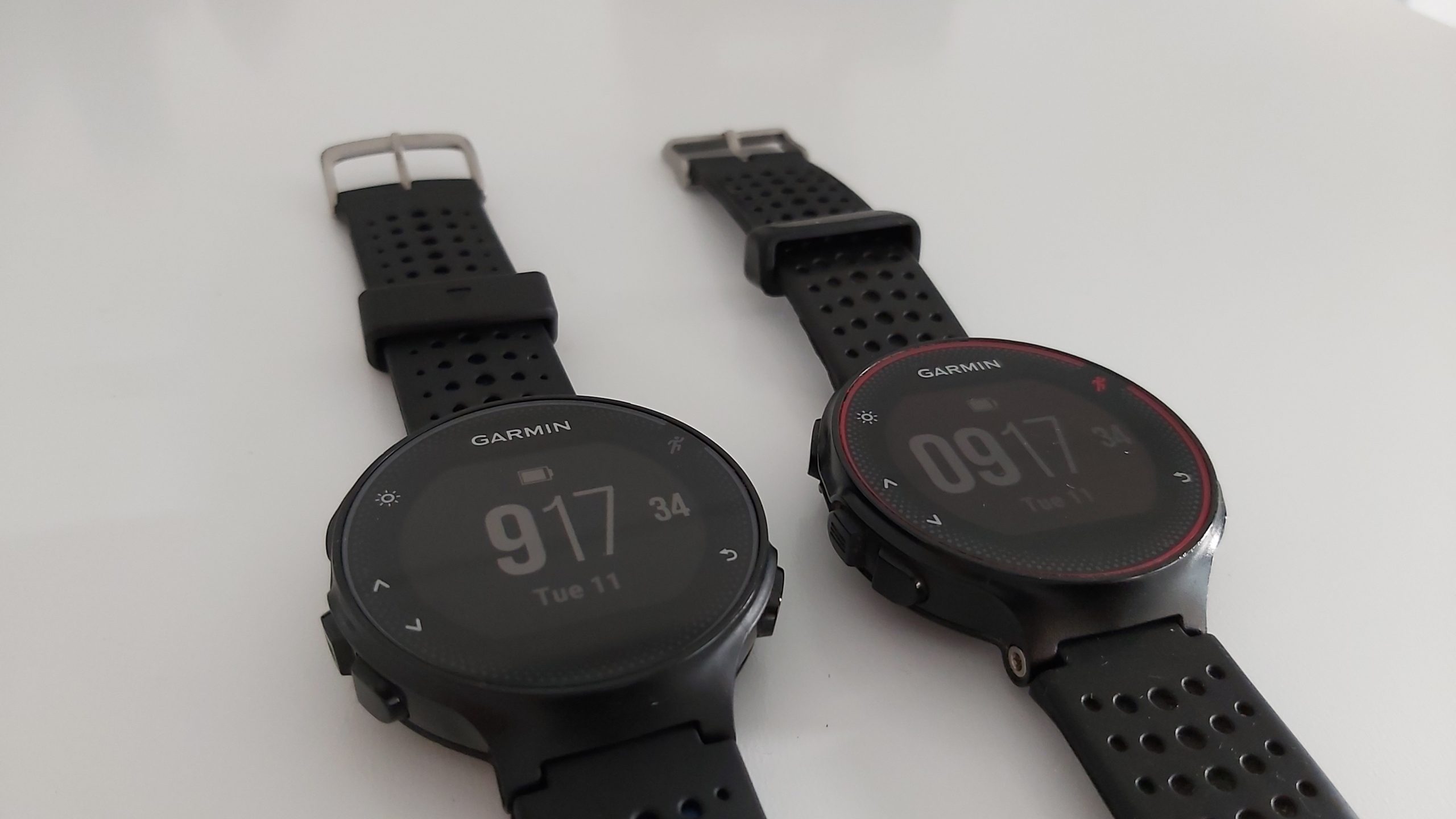The use of GPS watches and technology can give us lots of information to improve as runners, but also the desire to cheat ourselves or make choices that we feel make us look better to others. One such choice, and one I see a lot in marathon training for various reasons, is lots of stops of watches.
Why stop your watch?
There’s no denying that it’s a good idea to stop the watch every now and then during long runs, especially when crossing roads for a few seconds here and there. Whilst some people argue that it’s pointless if you’re only stopping for a few seconds, when working with specific pacing plans, those few seconds can add up, skewing your interpretation of the run negatively.
A stop of say 10 seconds doesn’t give you any beneficial recovery, but would mean that analysing how well your run went is more difficult. Factor in the loss of momentum and building back to pace, and you’ll still be looking at a slower kilometer or mile even if you pause the watch. In this scenario, I’d pause.
Too many traffic pauses
What I often see however, is manipulation of these necessary pauses in order to get rests that won’t look like rests. Apps like Strava will show your total or moving time (essentially the time your watch is unpaused), rather than the elapsed time (how long from starting to finishing your run). I’ve seen 12+ minutes of stops in client’s long runs before when analysing them on Garmin Connect, and frankly I can think of very few scenarios where that would be justified.
Whilst I’m not saying people are deliberately doing it for devious reasons, I’ve no doubt that there’s a little bit of social desirability bias at play, with our brains subconsciously telling us that these stops are justified as it wants to make us look better. After all we’re social animals and naturally create ranks and hierarchies in many situations, whether real or perceived.
When not to pause your watch
If you’re someone who stops to take on fluids or fuel during long runs, that’s not a reason to pause your watch. You’ll have to fuel and drink during your race, so practice doing it on the move, whether that’s walking or running, or just keep the watch running while you stop.
Busy roads to cross with lots of traffic? Run to the back of the queue to cross safely, take a minor detour or plan different running routes rather than waiting 2 minutes for the traffic lights to be in your favour.
If you see a friend out running, you might want to stop and chat but the long run is the most important session of your week in marathon training. Say hi but keep running and make time to catch up with them in an easy run or on the phone later.
Why pausing your watch matters
If you’re looking at your average long run pace and thinking you’re fitter than you are, you’ll get one hell of a shock come marathon race day when you try to hold that pace without multiple stops. It won’t matter that your training runs have looked fast when your chip time shows how long you really took and it’s not the time you wanted.
How much pause time is sensible?
This will depend on where and when you run, but really a difference between total and elapsed time of more than 2-3 minutes is unlikely to be necessary. Whilst I’m lucky in that I live near quieter country roads and housing estates with pavements, I’ll rarely clock up more than 30-40 seconds of stoppage time to cross roads or step onto the verge for cars to pass over the course of 2 hours of running.
Please don’t keep stopping your watch for every little thing. Be realistic with yourself, forget what it’ll look like on social media and avoid the disappointment on race day. The challenge of not stopping will actually push you and help you achieve the goal of running faster. It might suck a bit to start with, but it’s well worth it.
Written by Kyle Brooks, Running Coach based in Norwich, Norfolk

